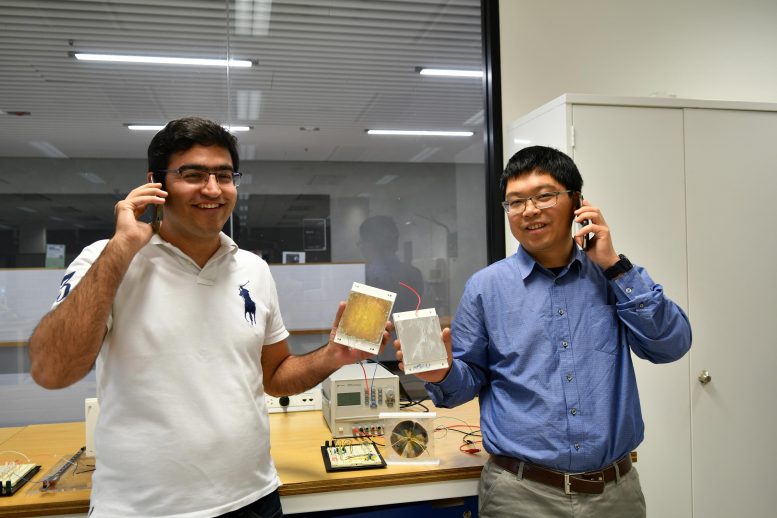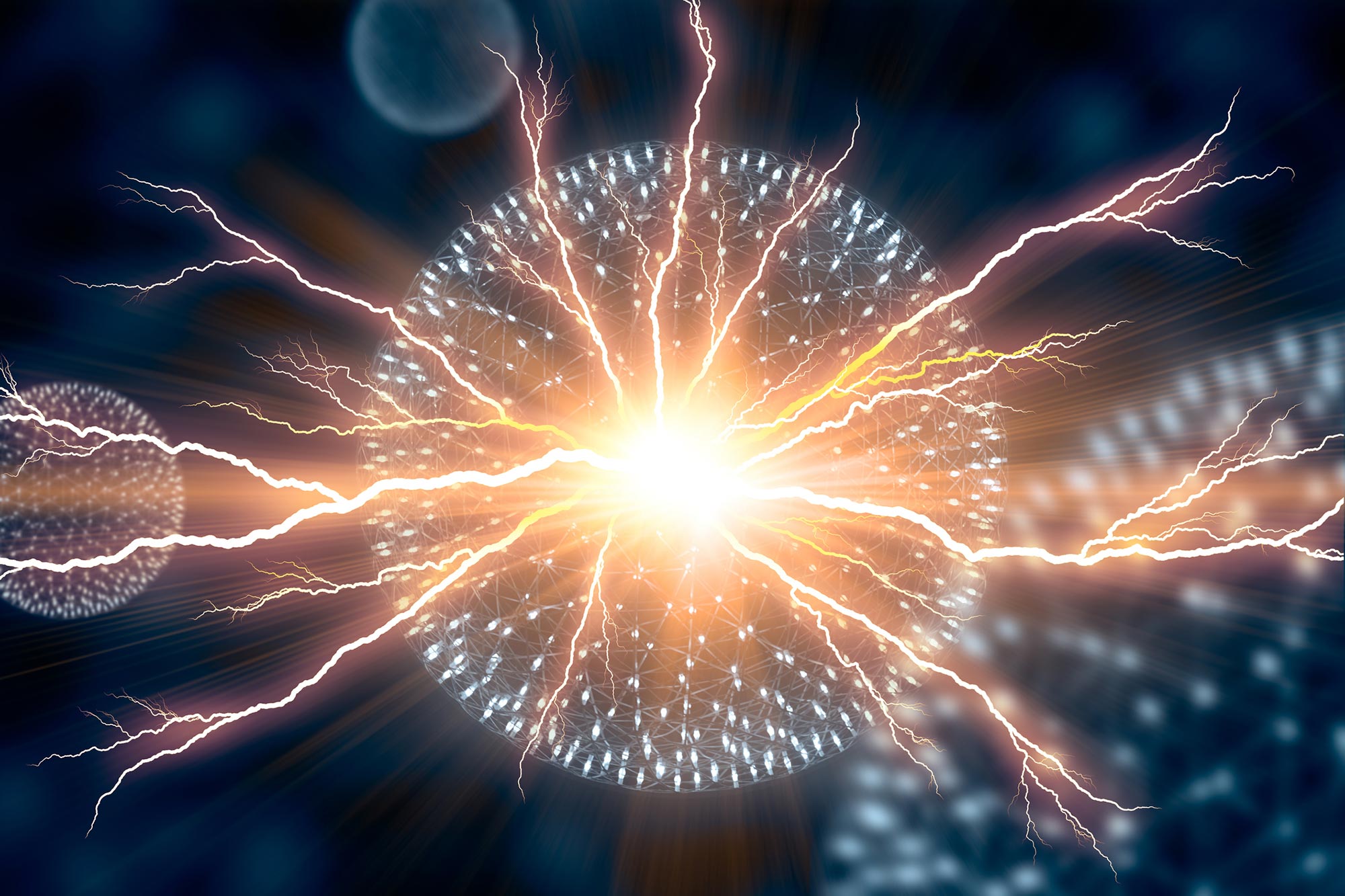Imagine a cell phone charger that doesn’t require a wireless or main power source. Or a pacemaker with built-in organic energy sources in the human body.
Australian researchers led by Flinders University take on the challenge of “removing” invisible energy from low frequency vibrations in the environment, including wind, air, or even contact separation energy (static electricity).
“These so-called triboelectric nanogenerators (or ‘TENGs’) can be manufactured in various configurations inexpensively and are therefore suitable for driving small electronic devices such as personal electronics (mobile phones), biomechanical devices (pacemakers) and sensors (temperature / pressure / chemical sensors) and more, ”says Professor Youhong Tang from the College of Science and Engineering at Flinders University.
Further research aims to further develop this renewable form of energy generation by designing a simple production from cheap and sustainable materials with high efficiency.

PhD student Mohammad Khorsand and Professor Youhong Tang with the TENG prototype at Flinders University, Tonsley Innovation District in Adelaide, South Australia. Photo credit: Flinders University
“They can use non-invasive materials and could one day be used for implantable and wearable energy harvesting goals,” said Mohammad Khorsand, co-lead author of the Flinders Institute for NanoScale Science and Technology, co-lead author of the most recent publications in the international journal Nano energy.
The latest paper uses AI-enhanced mathematical modeling to compare the function of the number of segments, RPM, and tribo-surface spacing of an advanced TENG prototype to optimize storage and performance.
The researchers are working with colleagues at the University of Technology in Sydney and elsewhere to improve the power generation of TENGs and store the power generated on a super capacitor or battery.
“We were able to effectively gain power from sliding and rotating movements, which are abundant in our living environment,” says Professor Tang.
References:
“Artificial intelligence improved the mathematical modeling of rotating triboelectric nanogenerators under various kinematic and geometric conditions” by Mohammad Khorsand, Javad Tavakoli, Haowen Guan and Youhong Tang, May 30, 2020, Nano energy.
DOI: 10.1016 / j.nanoen.2020.104993
“Simulation of triboelectric nanogenerators with high power and low sliding mode” by Mohammad Khorsand, Javad Tavakoli, Kudzai Kamanya and Youhong Tang, September 14, 2020, Nano energy.
DOI: 10.1016 / j.nanoen.2019.104115
Important points:
- The first generation of triboelectric nanogenerators (TENGs) was manufactured about 10 years ago at the Georgia Institute of Technology in the USA.
- Research at Flinders University aims to develop inexpensive and highly efficient sliding and rotating TENGs for further development and possible commercialization.
- This research on the next generation of TENG uses AI and simulation models to reduce the cost of repeating the experiment under different conditions.
- The research team is focused on numerically predicting the performance of TENGs by measuring their voltage, current, power, and energy under various electrical specifications and dielectric film geometries.



